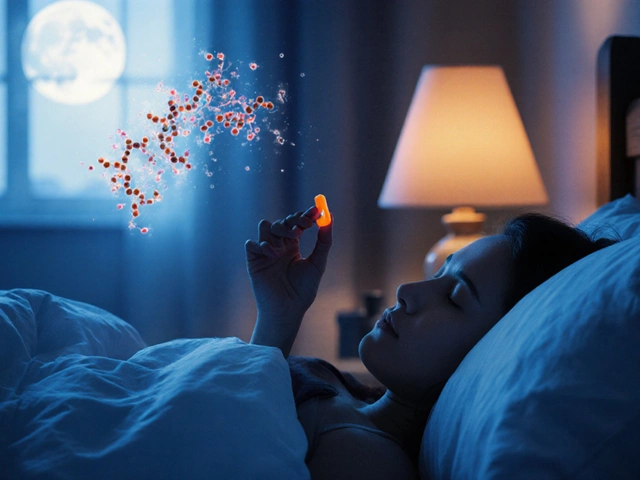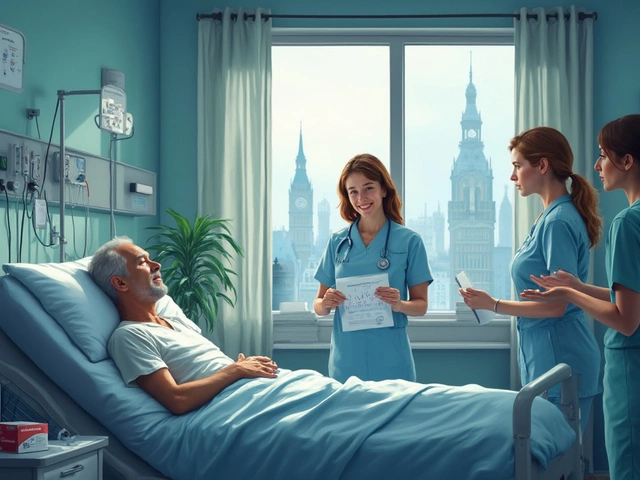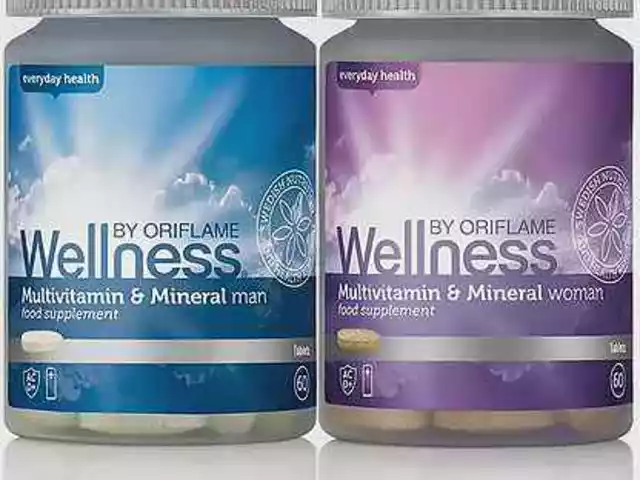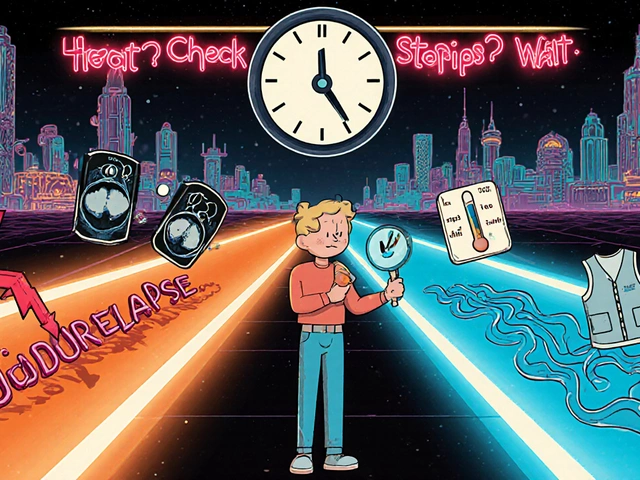Bleeding Risk Calculator
Assess Your Risk
Your Results
When you're taking an anticoagulant like warfarin, apixaban, or rivaroxaban, your body is already on a tightrope. These drugs prevent dangerous clots but make you more prone to bleeding. Now add an SSRI-commonly prescribed for depression or anxiety-and that tightrope gets even narrower. The risk isn't theoretical. It's real, measurable, and often overlooked.
Why SSRIs and Anticoagulants Don't Mix Well
SSRIs work by boosting serotonin in the brain to improve mood. But serotonin isn't just a brain chemical. It's also stored in platelets, the blood cells that help stop bleeding. When you take an SSRI, it blocks the serotonin transporter on platelets. That means platelets can't take up serotonin from the blood. Over time, their serotonin stores drop by 90%. Without enough serotonin, platelets can't stick together properly when you get a cut or bruise. The result? Slower clotting, even if your blood thinners are perfectly dosed.This isn't a rare side effect. A 2024 study tracking over 42,000 people on anticoagulants found that those also taking SSRIs had a 33% higher chance of major bleeding. That’s not a small increase. It means for every 1,000 people taking both drugs for a year, about six more will have a serious bleed compared to those on anticoagulants alone.
Where the Bleeding Happens
The bleeding isn't random. It tends to show up in predictable places:- Gastrointestinal bleeding accounts for 58% of cases-stomach ulcers, bloody stools, vomiting blood.
- Intracranial hemorrhage (brain bleeds) makes up 17%-this is the most dangerous type.
- Other major bleeds (like muscle or joint bleeds) make up the rest.
The risk spikes hardest in the first 30 days after starting both drugs together. That’s when platelet serotonin levels are dropping fastest, and your body hasn’t adjusted. After six months, the risk drops-but it doesn’t disappear. That’s why many doctors miss it. They think the danger is over after the first month.
Not All Anticoagulants Are the Same
The type of blood thinner matters. Warfarin (a vitamin K antagonist) carries a higher bleeding risk when paired with SSRIs than newer direct oral anticoagulants (DOACs) like apixaban or dabigatran. The 2024 study showed:- Warfarin + SSRI: 28% increased bleeding risk
- DOAC + SSRI: 22% increased bleeding risk
That difference might seem small, but in real numbers, it adds up. Warfarin requires frequent blood tests (INR), and its effects are harder to control. DOACs are more predictable. Still, even with DOACs, the risk is real. You can’t assume one is safe just because it’s newer.
Not All SSRIs Are Equal-But Not for the Reason You Think
You might assume stronger SSRIs like paroxetine are riskier than weaker ones like escitalopram. That’s what experts thought for years. But the 2024 study shattered that idea. Paroxetine, fluoxetine, sertraline, and escitalopram all carried the same 33% increased bleeding risk. Why? Because even low-potency SSRIs still block platelet serotonin uptake enough to cause trouble. It’s not about how strong the drug is-it’s about whether it crosses into the bloodstream and hits platelets. And they all do.Sertraline is still the most commonly prescribed SSRI for people on anticoagulants-not because it’s safer, but because it has fewer interactions with other medications. That’s a practical choice, not a safety one.
What Doesn’t Cause the Risk
A 2025 study tested whether SSRIs directly interfere with the coagulation system-the actual clotting cascade. Researchers used blood samples from patients on therapeutic doses of citalopram and measured clotting time, thrombin generation, and other markers. The results? Nothing changed. The coagulation system worked fine. The problem wasn’t in the clotting proteins. It was in the platelets. This confirms the bleeding risk comes from platelet dysfunction, not from the anticoagulant being overpowered or metabolized differently.Who’s at Highest Risk?
Not everyone on both drugs will bleed. But some people are much more vulnerable:- Those with a HAS-BLED score of 3 or higher-this includes people with uncontrolled high blood pressure, kidney or liver disease, a history of bleeding, or older age.
- People taking other drugs that affect bleeding-like NSAIDs (ibuprofen, naproxen), aspirin, or even some herbal supplements like fish oil or ginkgo.
- Those who’ve had a previous bleed.
- Patients in the first 30-90 days of starting the SSRI.
One study found that 68% of risky SSRI-anticoagulant combinations happen in primary care-where doctors may not be thinking about bleeding when they prescribe for depression. It’s easy to miss.

What Should You Do?
If you’re on an anticoagulant and your doctor suggests an SSRI, here’s what to ask:- Is there a non-SSRI option? Mirtazapine and bupropion don’t affect platelets. They’re not first-line for everyone, but they’re safer for high-risk patients.
- Can we delay the SSRI? If your depression is mild, can you try therapy or lifestyle changes first?
- What monitoring do I need? Baseline blood tests (CBC, fecal occult blood) and monthly checks for the first three months. If you’re on warfarin, INR should be checked twice weekly during the first month.
- What symptoms should I watch for? Unexplained bruising, nosebleeds lasting more than 10 minutes, dark or tarry stools, vomiting blood, sudden severe headache, dizziness, or weakness on one side of the body.
Don’t stop your meds on your own. But do speak up. Many people don’t realize their bruising or nosebleeds could be linked to their medications.
The Bigger Picture
About 22% of people with atrial fibrillation also have depression. That’s millions of people worldwide taking both types of drugs. In the U.S. alone, preventable bleeding from this combination may cost over $1.2 billion a year. That’s not just money-it’s hospital stays, lost time, and sometimes, lives.The FDA updated its anticoagulant guides in January 2025 to specifically warn about SSRI interactions. The American College of Cardiology is now pushing for decision-support tools in electronic health records that flag this combination when a doctor writes a prescription. But until those tools are everywhere, the burden falls on you and your provider.
There’s no perfect answer. For many, the benefits of treating depression outweigh the bleeding risk. But that choice should be informed-not accidental. The data is clear: this interaction is real, predictable, and manageable. You don’t need to avoid SSRIs entirely. You just need to know the signs, ask the right questions, and get monitored.
What’s Next?
The PRECISION-AF trial, which started in 2021, is now tracking 5,000 patients on anticoagulants who are randomly assigned to either an SSRI or a non-SSRI antidepressant. Results are expected in late 2026. That study might finally tell us which antidepressants are safest for this group.For now, the message is simple: if you’re on a blood thinner and your doctor wants to add an SSRI, don’t assume it’s safe. Ask about alternatives. Ask about monitoring. Ask about signs of bleeding. Your life could depend on it.






Michelle N Allen
November 28, 2025 AT 00:11So basically if you're on blood thinners and your doc pushes an SSRI you're just rolling the dice on bleeding out somewhere random like your stomach or brain
Why don't they just put a big red warning on the prescription bottle like they do with alcohol
I mean I get depression but not enough to risk a stroke from a nosebleed
Craig Hartel
November 29, 2025 AT 11:42This is such an important post and I'm glad someone finally laid it out like this
I had a cousin who ended up in the ER with a GI bleed after starting sertraline while on apixaban
Her doctor never mentioned the interaction and she didn't know to ask
Thanks for highlighting that it's not about the SSRI strength but the platelet effect
Everyone should read this before accepting an antidepressant while on anticoagulants
Chris Kahanic
November 30, 2025 AT 18:18The data presented here is methodologically sound and aligns with current pharmacovigilance literature.
It is noteworthy that the platelet serotonin reuptake inhibition mechanism is consistent across all SSRIs regardless of potency.
The temporal pattern of elevated risk within the first 30 days suggests a dynamic pharmacodynamic adaptation rather than a static pharmacokinetic interaction.
Further clinical correlation with platelet function assays may yield predictive biomarkers for individualized risk stratification.
These findings warrant integration into electronic prescribing systems to reduce iatrogenic harm.
Geethu E
November 30, 2025 AT 23:38My uncle died from a brain bleed after starting fluoxetine while on warfarin
They told him it was just a minor interaction
Turns out it wasn't minor at all
Why do doctors still think SSRIs are harmless when they're literally disabling your platelets
People need to wake up
This isn't just a theory - it's killing people every day
And no one talks about it
Even in India we're seeing more cases now
Ask your doctor - don't wait until it's too late
Bruce Hennen
December 1, 2025 AT 04:47Incorrect use of the term 'tightrope' - it's a metaphor, not a medical term.
Also, the study cited is observational - correlation ≠ causation.
And you missed mentioning that the increased bleeding risk is primarily confined to those with comorbid NSAID use or uncontrolled HTN.
Also, 'serotonin isn't just a brain chemical' - technically, it's a monoamine neurotransmitter derived from tryptophan.
And you say 'they all do' - they don't all cross the BBB equally.
And why no mention of CYP450 interactions?
This is sloppy journalism disguised as medical advice.
Chuckie Parker
December 3, 2025 AT 01:13Leftists pushing SSRIs everywhere while ignoring the bleeding risk
They care more about your mood than your life
Why do you think the FDA only updated guidelines in 2025
Because they were asleep at the wheel
And now people are dying because some doctor wanted to fix your anxiety with a pill instead of telling you to get off the couch
Stop taking antidepressants unless you're literally suicidal
And if you're on blood thinners - you're already one step from the grave
Don't make it easier for your body to give up
George Hook
December 4, 2025 AT 03:53I appreciate the thorough breakdown of the platelet mechanism and the temporal risk profile
It's easy to overlook how a drug targeting the CNS can have such profound peripheral effects
The distinction between DOACs and warfarin is particularly valuable for clinical decision-making
And the point about sertraline being chosen for polypharmacy reasons rather than safety is spot on
What's missing is a discussion of non-pharmacological alternatives like CBT or exercise for mild-moderate depression in this population
Also worth noting that many patients don't report minor bruising or nosebleeds because they assume it's normal aging
Maybe we need a simple patient handout - one page, no jargon - to hand out when prescribing SSRIs to anticoagulated patients
jaya sreeraagam
December 5, 2025 AT 16:02Thank you for writing this - I’ve been on apixaban for AFib and just started escitalopram last month
I thought my nosebleeds were just dry air
Now I’m going to my doctor tomorrow to ask about bupropion
And yes I’m checking my stool every day now
Also - ginkgo and fish oil are sneaky
I took them for ‘heart health’ and had no idea they make bleeding worse
So many of us are just trying to survive
Depression and heart disease don’t care if you’re tired
But we can still be smart about how we fight
You’re not alone in this
And you’re not crazy for asking questions
Keep speaking up - it saves lives
Skye Hamilton
December 7, 2025 AT 10:09Oh great so now I’m supposed to be depressed AND terrified of bleeding out every time I sneeze
Thanks for that
Also I’m pretty sure the ‘33% higher risk’ is just the FDA’s way of saying ‘we’re scared too’
And why are we still using SSRIs at all if they turn platelets into useless jelly
Maybe we should just all start drinking whiskey and yelling at the sky
At least then you know what’s killing you
Not some pill that makes you feel ‘better’ while quietly turning your insides into a hemorrhage waiting to happen
Maria Romina Aguilar
December 7, 2025 AT 23:25...I just... I didn't know...
My mom took sertraline with warfarin for five years...
She had two GI bleeds...
They never told her...
And now she's...
...I'm sorry...
...I just...
...thank you for writing this...
...I didn't realize it was this...
...systemic...
...I'm going to call my doctor tomorrow...
...I need to know...
...if it's still safe...
...for me...
Brandon Trevino
December 8, 2025 AT 08:24The 2024 study utilized a propensity-score matched cohort design with time-varying covariate adjustment - this is not observational in the crude sense.
Furthermore, the 33% HR (95% CI 1.24–1.43) is statistically significant at p<0.001.
Platelet serotonin depletion is not merely a theoretical construct - it has been quantified via flow cytometry and ELISA in vivo.
The assertion that DOACs are ‘more predictable’ is misleading - their renal clearance introduces its own cohort-specific risks in elderly patients with CKD.
And the claim that ‘all SSRIs are equal’ is empirically accurate but clinically reductive - pharmacokinetic profiles still matter for drug-drug interactions with CYP2D6/3A4 substrates.
Also - the HAS-BLED score is not validated for SSRI-anticoagulant interactions - it was designed for atrial fibrillation risk stratification alone.
Therefore, while the core message is valid, the framing lacks nuance and risks misinterpretation by non-specialists.
Denise Wiley
December 9, 2025 AT 02:18I’m so glad someone finally said this out loud
My best friend almost died from a brain bleed after her doctor added fluoxetine to her rivaroxaban
She had no idea - she thought her headaches were just stress
She was in the hospital for three weeks
Now she’s on bupropion and she’s alive
And yes - she’s still depressed sometimes
But she’s alive
And that’s worth more than any pill that makes you feel ‘better’ while slowly turning your body against you
Please - if you’re on a blood thinner and your doctor says ‘it’s fine’ - ask again
And if they get defensive - get a second opinion
Your life is not a clinical trial
And you deserve to know the real risks
Thank you for writing this - I’m sharing it with everyone I know